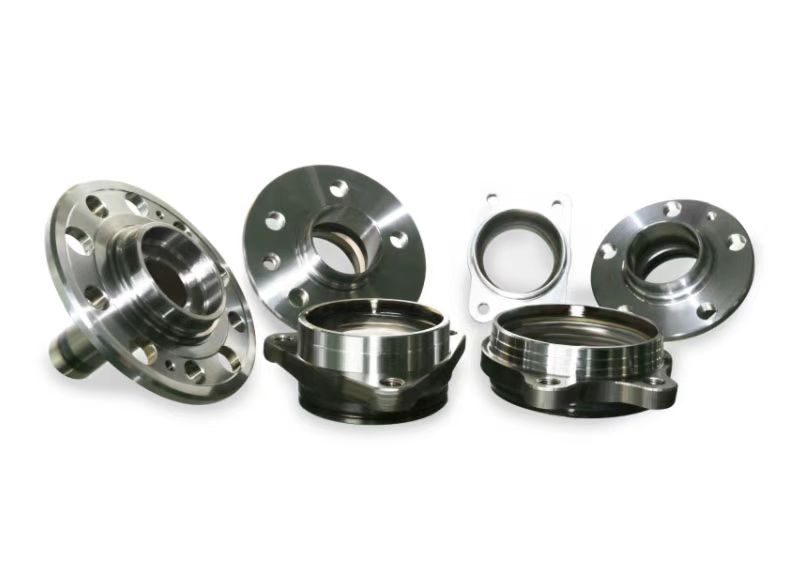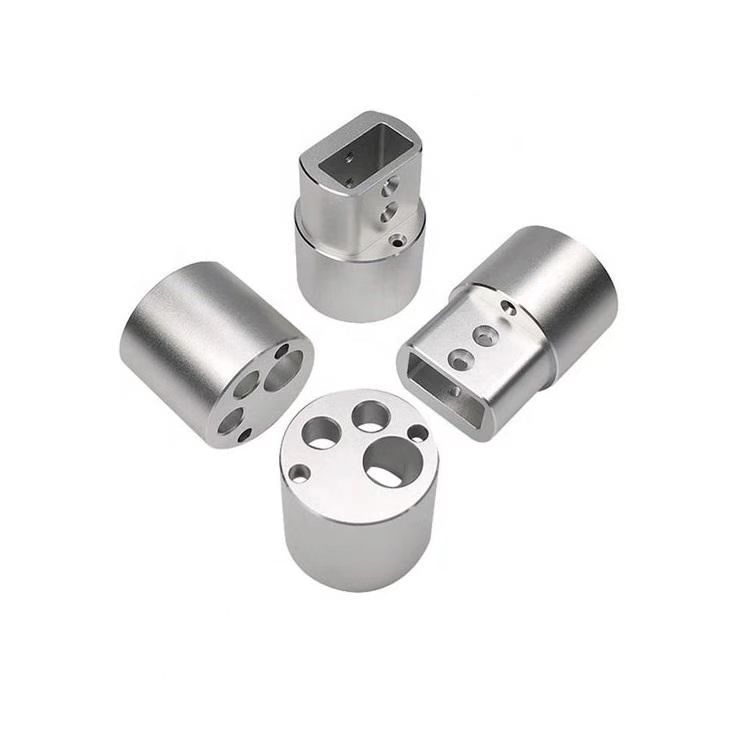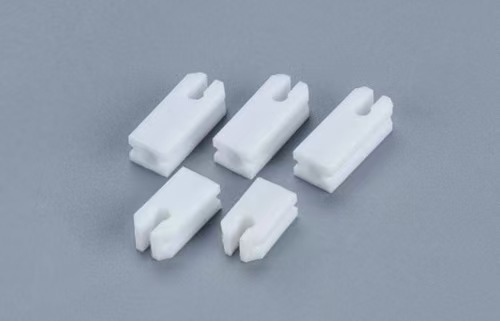In the vast field of manufacturing, CNC machining technology has become an indispensable part of modern mechanical processing due to its high precision, efficiency, and flexibility. As practitioners of this technology, CNC machining parts manufacturers not only bear the responsibility of transforming design drawings into solid parts, but also play an important role in promoting the upgrading and transformation of the manufacturing industry. This article will delve into the core advantages, process flow, quality control, market applications, and future development trends of CNC machining parts manufacturers, in order to provide a comprehensive and in-depth understanding for industry insiders and outsiders.
1、 Core advantages
The biggest advantage of CNC machining technology lies in its high degree of automation and precision. Compared with traditional manual or mechanical processing, CNC machine tools can automatically complete a series of complex processes from material cutting to forming, drilling, milling, etc. through preset program instructions, greatly improving processing efficiency and accuracy. This "one click" operation not only reduces manual intervention and lowers the risk of human error, but also makes mass production and customized processing possible, meeting the market's demand for diversity, small batches, and fast delivery.

2、 Process flow
The production process of CNC machined parts can be roughly divided into the following steps: Firstly, based on customer requirements or design drawings, CAD (computer-aided design) software is used for 3D modeling to ensure the accuracy and feasibility of the design; Next, using CAM (Computer Aided Manufacturing) software to convert the 3D model into machine recognizable G-code is the core of CNC machining; Then, fix the raw materials (such as metal, plastic, wood, etc.) on the machine tool, set the processing parameters, start the program, and the machine tool will start processing according to the preset path; Finally, through quality inspection, deburring, cleaning, surface treatment and other processes, the final processing of the parts is completed and ready for delivery.

3、 Quality control
Quality is the lifeline of CNC machined parts. To ensure the quality of each product, CNC machining parts manufacturers typically adopt multiple quality control measures. From the beginning of raw material storage, strict quality inspection is carried out to ensure that the materials meet the processing requirements. During the machining process, key indicators such as cutting parameters, temperature, and vibration are monitored in real-time to adjust machining strategies in a timely manner and prevent quality problems caused by equipment failures or operational errors. After processing, high-precision measuring instruments are used to comprehensively inspect the size, shape, surface roughness, etc. of the parts to ensure that all indicators meet customer requirements. In addition, establish a comprehensive quality traceability system and archive the processing records of each batch of parts for easy problem tracing and improvement.

4、 Market application
CNC machining parts have attracted much attention due to their wide range of application fields. In the aerospace field, high-precision and high-strength CNC machined parts are key to ensuring the performance and safety of aircraft; In automobile manufacturing, CNC machining technology is widely used in the manufacturing of engine components and body structural parts, improving the fuel efficiency and safety of vehicles; In the field of medical devices, CNC machining can produce implants and precision instruments with complex structures, bringing better treatment effects to patients; In addition, CNC machining parts also play an irreplaceable role in multiple industries such as consumer electronics, mold manufacturing, and automation equipment.

5、 Future Development Trends
With the advancement of technology and changes in the market, CNC machining parts manufacturers are facing new opportunities and challenges. On the one hand, with the integration and application of technologies such as the Internet of Things, big data, and artificial intelligence, CNC machining will develop towards a more intelligent and networked direction, realizing functions such as remote monitoring, predictive maintenance, and automatic optimization of machining paths, further improving machining efficiency and flexibility. On the other hand, with the increasing awareness of environmental protection, green manufacturing has become a new trend in the industry. CNC machining parts manufacturers need to explore more environmentally friendly materials, processes, and energy usage methods to reduce energy consumption and waste emissions during the production process. Meanwhile, in the face of increasingly fierce market competition, strengthening brand building, improving service quality, and expanding international markets have become common choices for many manufacturers.

6、 Conclusion
As an important component of modern manufacturing, CNC machining parts manufacturers are driving the manufacturing industry towards higher quality, higher efficiency, and more sustainable development with their unique advantages and technological strength. Facing the future, only through continuous innovation and upgrading can we stand invincible in the global market competition and bring more benefits to social progress and people's lives. In this process, strengthening technology research and development, talent cultivation, and international cooperation will be the key to achieving long-term development for CNC machining parts manufacturers. Let us look forward to CNC machining technology shining brighter in the new era.